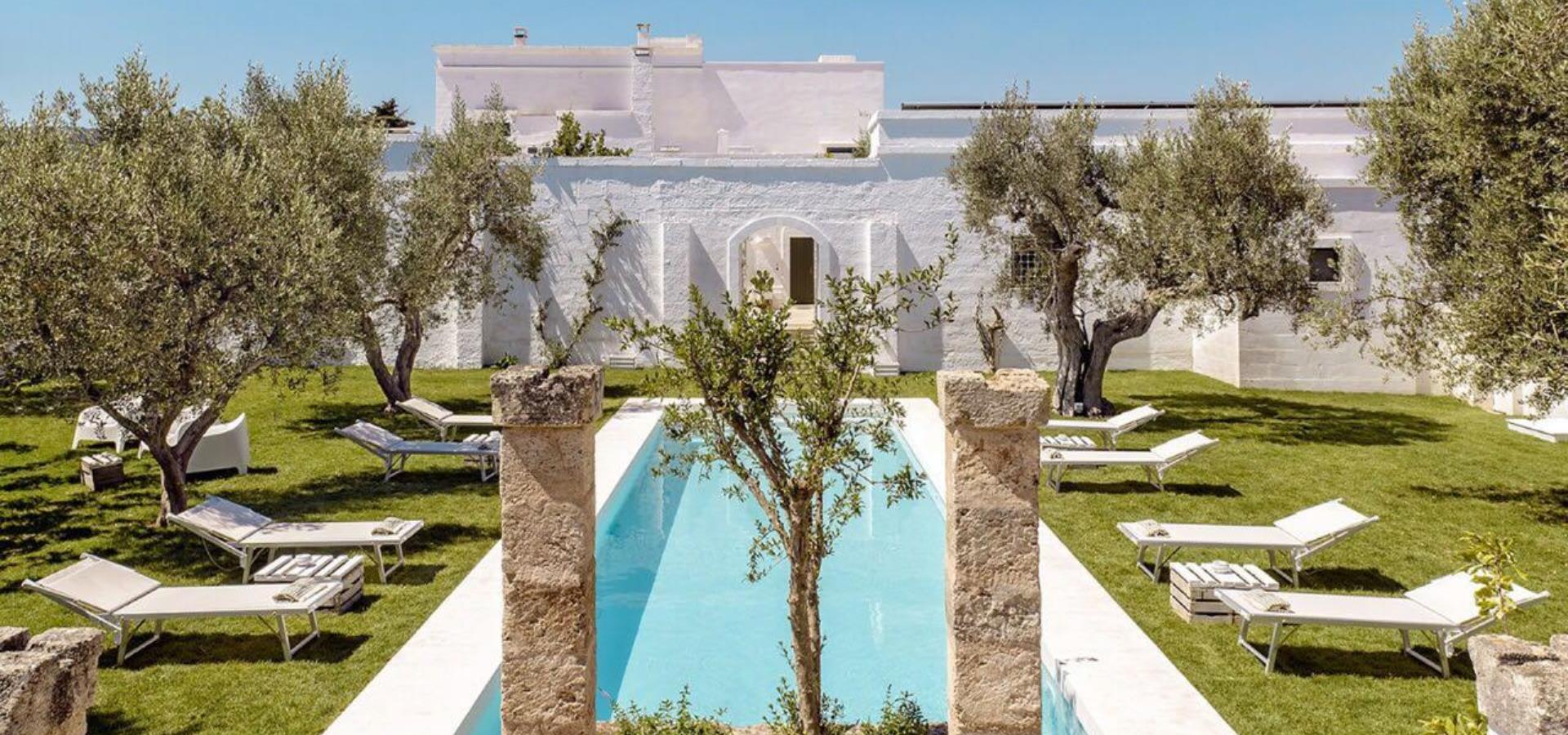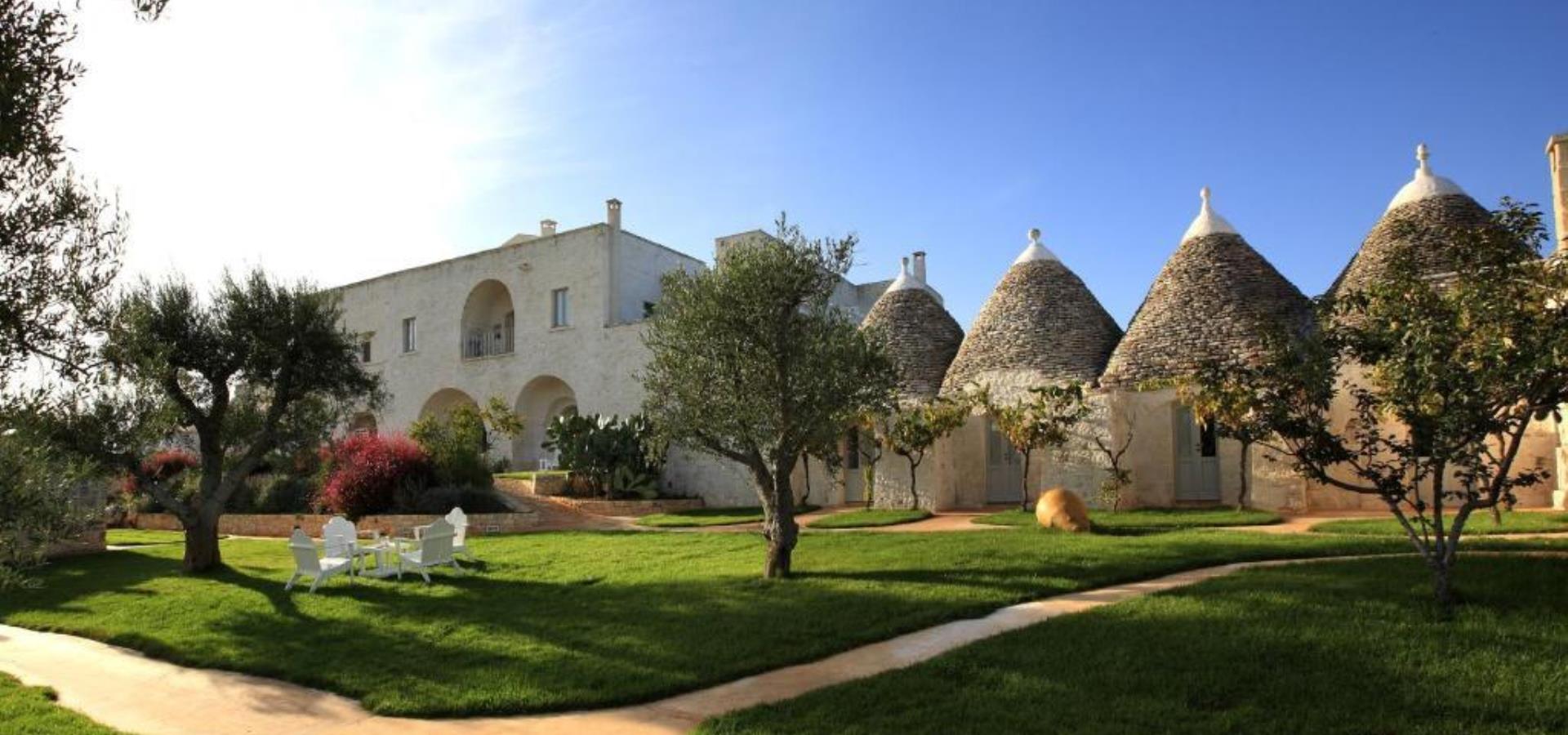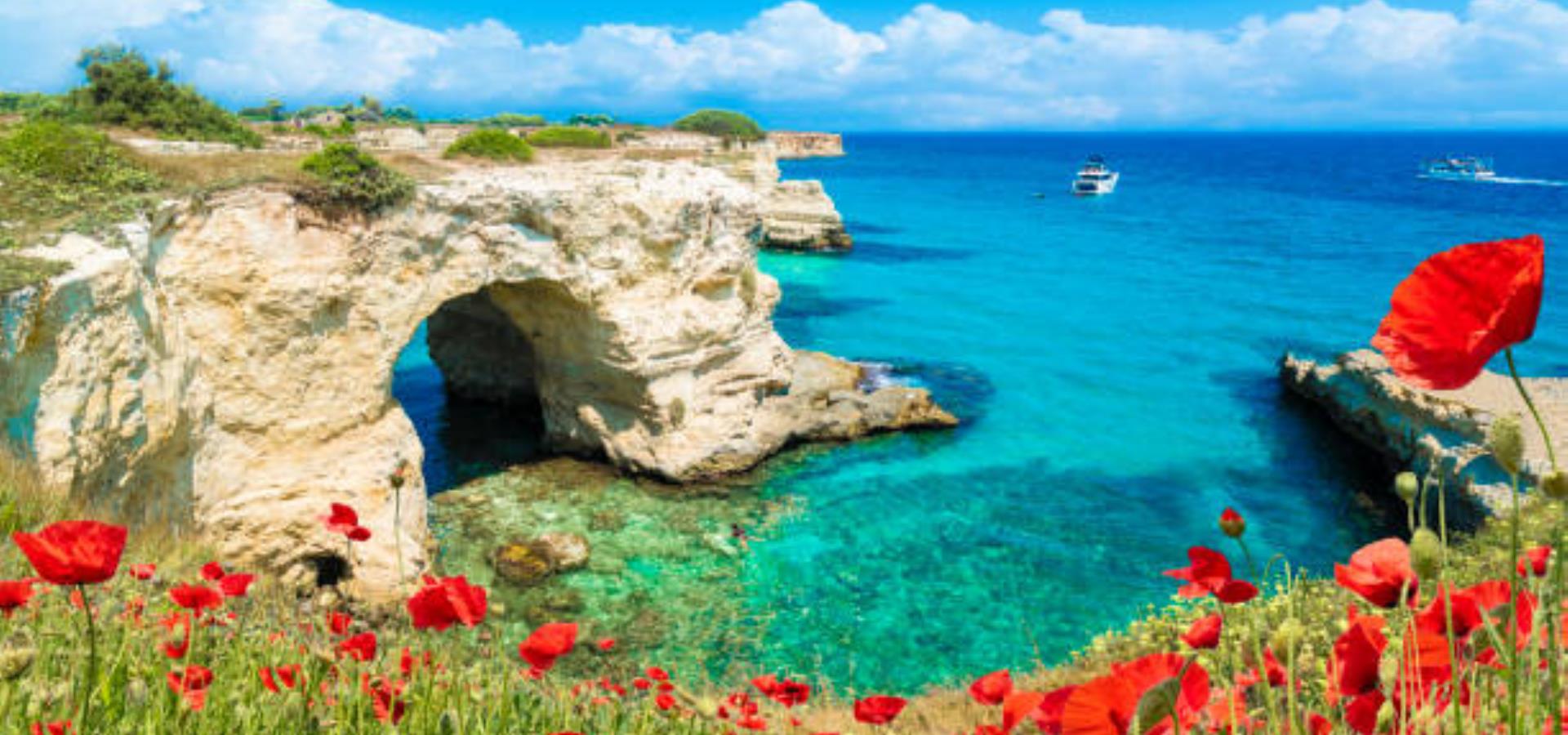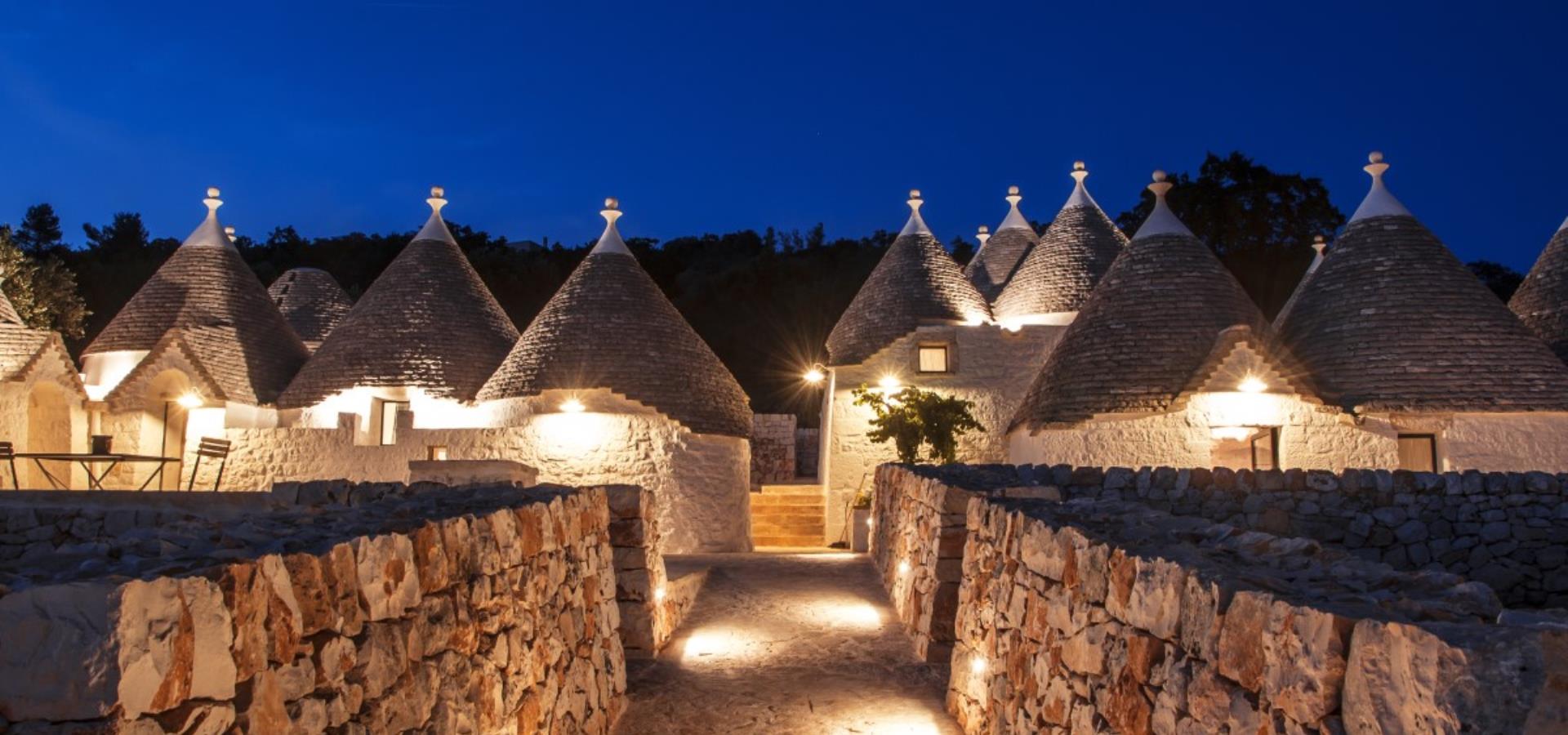Tourism, Vacation
RURAL-CHIC VACATION IN SOUTHERN ITALY: SALENTO
22/07/2022
The world of Masserias in Apulia is eclectic, unique, sophisticated, and anything but predictable; it has no whitewashed walls or traditional poms reminiscent of the Apulian dream, and staying in a masseria is tantamount to experiencing the most authentic Apulia and rediscovering the pleasure of being surrounded by greenery, eating well, and savoring the slow flow of life, according to the rhythms of Mother Nature.
Salento has countless facets. It is located in the southernmost part of Puglia from the Lecce area to the bottom of the heel of Italy. With its picturesque landscapes, flavors, traditions, art and culture it only gives great emotions to its visitors. During an itinerary in Apulian land, staying in one or more masserie means "tasting" the flavor of the past and discovering ancient traditions, living in close contact with the surrounding nature. In fact, masserie were large farms made up of the owner‘s house, courtyards, land to be cultivated, animal stables, stores and warehouses for work tools, wells, cisterns, rooms where milk could be processed and the simple lodgings of the farmers who worked there.
The «masseria» is a fortified farmhouse typical of Apulia. The first masserias were built in the 16th century according to the pattern of the house with an agricultural courtyard in the Mediterranean tradition, that is, a single large central space (courtyard or courtyard) also serving as a threshing floor, overlooked by the entrances of the various residence and work buildings and a high, fortified wall. This large complex of rural buildings included the house of the «master», the landowner, as well as the farmers‘ living quarters, stables, and stores for fodder and crops. In more recent farms, the fortified perimeter is less obvious and the enclosure is larger. In fact, the masserie have undergone many transformations over time, especially between the 19th and 20th centuries, to adapt them to the taste and needs of the owners. Some were turned into summer residence villas, moving the working and living quarters of farm personnel elsewhere, and for this reason, the original forms are no longer legible.
In recent times, thanks to organized tourism, it has been decided to rediscover and revalue them, giving them the function of accommodation for tourists. The range of proposals is very wide, suitable for every type of clientele and need, from the most luxurious to the simplest. They are scattered throughout the Apulian territory, some closer to the coastal resorts, such as Monopoli, Polignano a Mare and Savelletri; others immersed in the Apulian countryside of the Itria Valley, not far from the famous Alberobello; and others towards Salento.
The heel of the Italian Boot a strip of land stretching into the sea hides diverse souls, suspended between nature, history, tradition, taste and spirituality. This endless coastline caters to all tastes: from the sandy beaches of Torre dell‘Orso and Porto Cesario to the rivieras made of rocks in Otranto and Santa Maria di Leuca, where the Ionian and Adriatic seas meet and mingle, from Gallipoli, the «Gem of Salento», to Gargano the «Spur of Italy» that juts out into the clear waters of the sea toward the Tremiti Islands.
Puglia is sea, but it is also history and art, from the extraordinary trulli of Alberobello, evocative evidence of the rural past, to the opulent Baroque of Lecce of Salento. The cuisine here is simple and genuine, homemade pasta and vegetables with authentic flavors picked from the gardens that decorate the entire area, combined with fish that is always fresh, create an authentic cuisine that is the guardian of local tradition.




